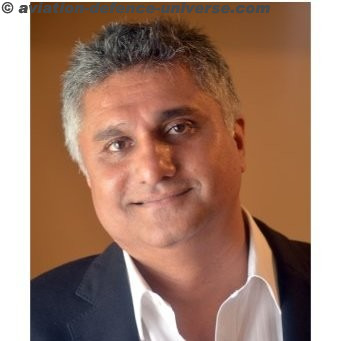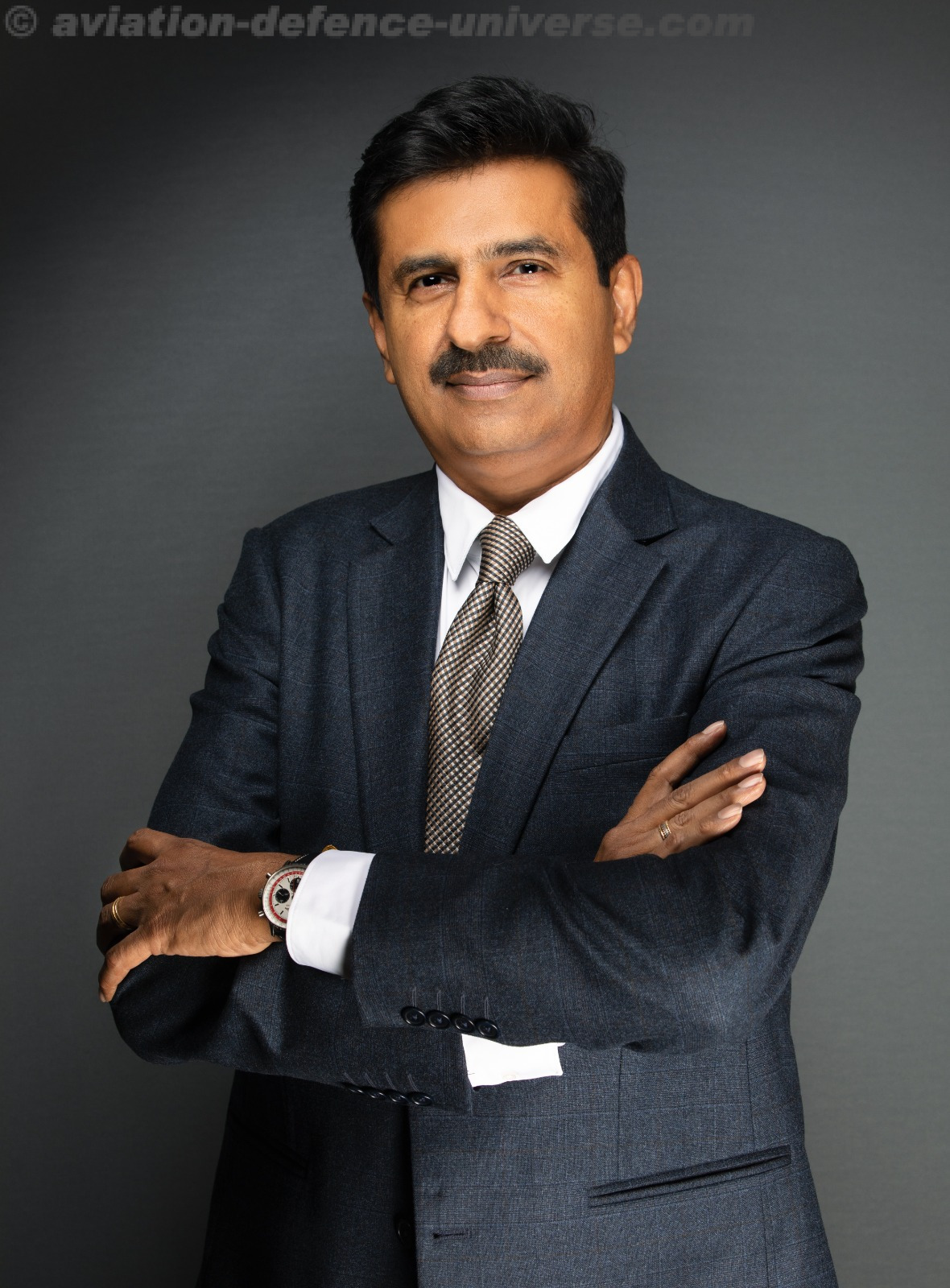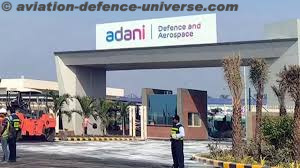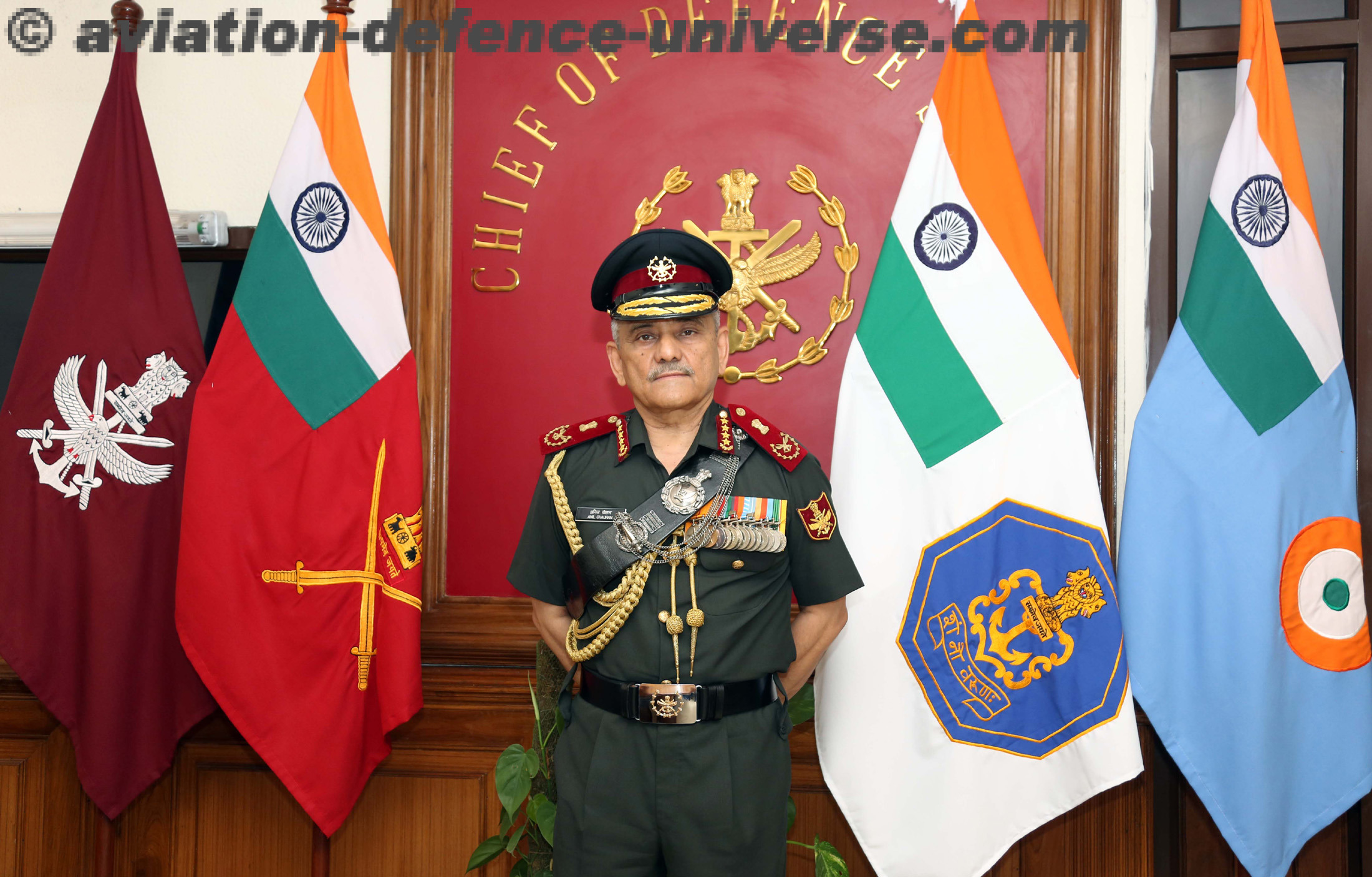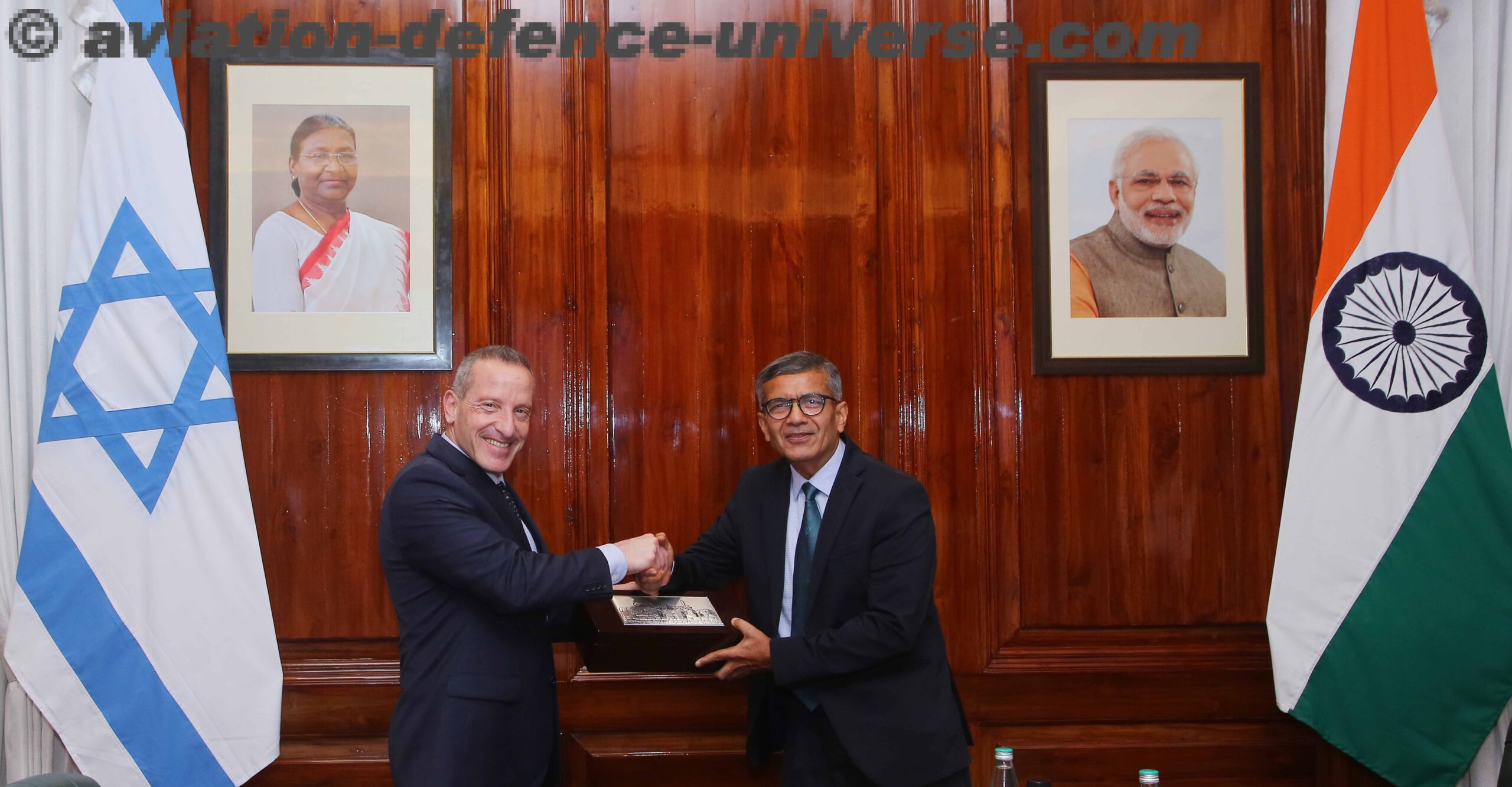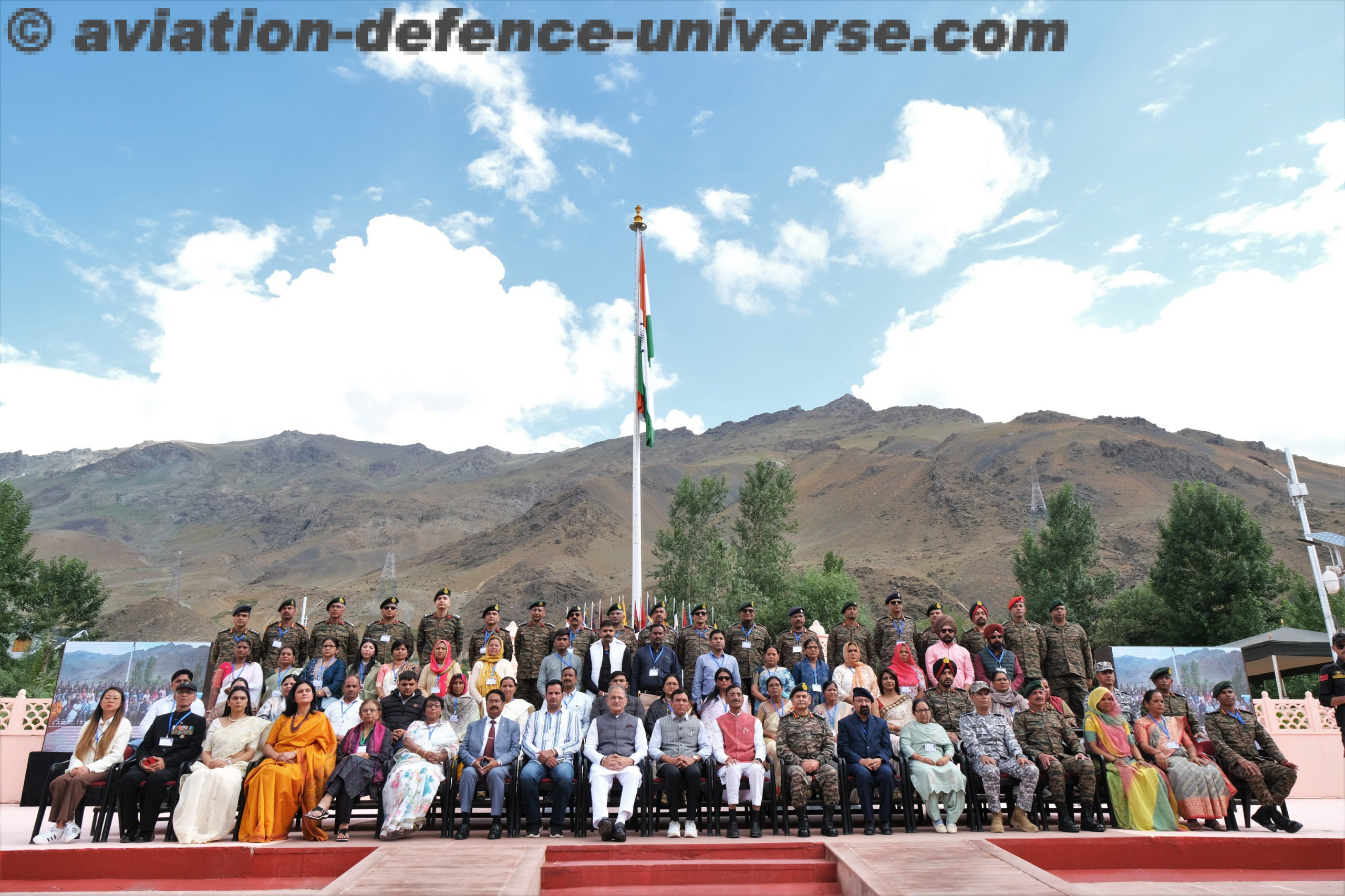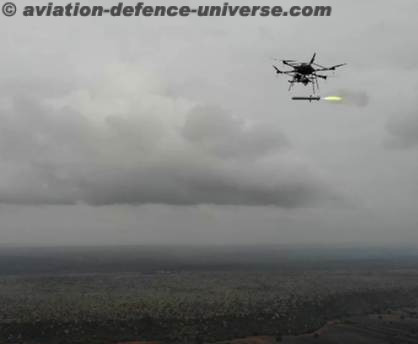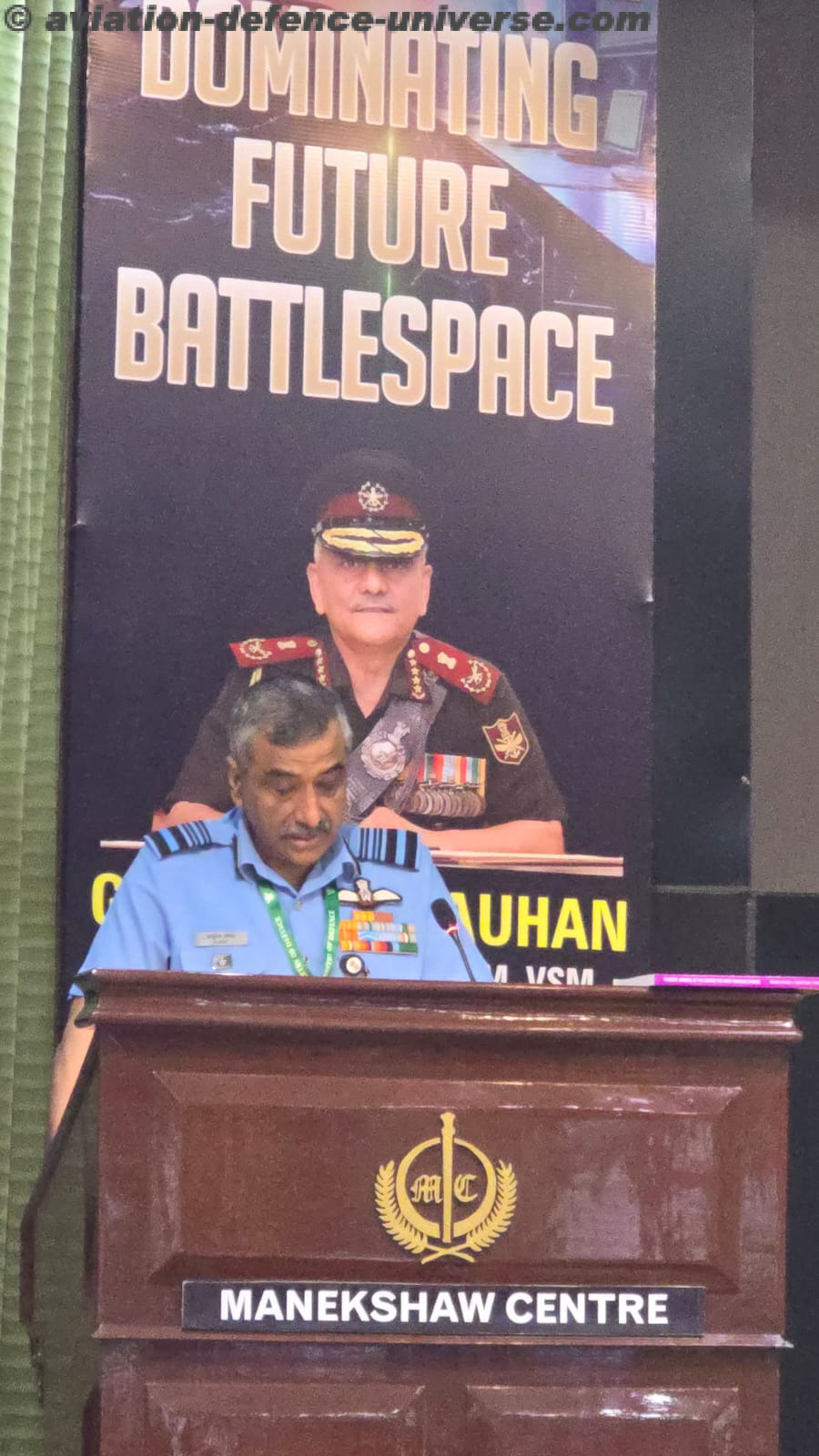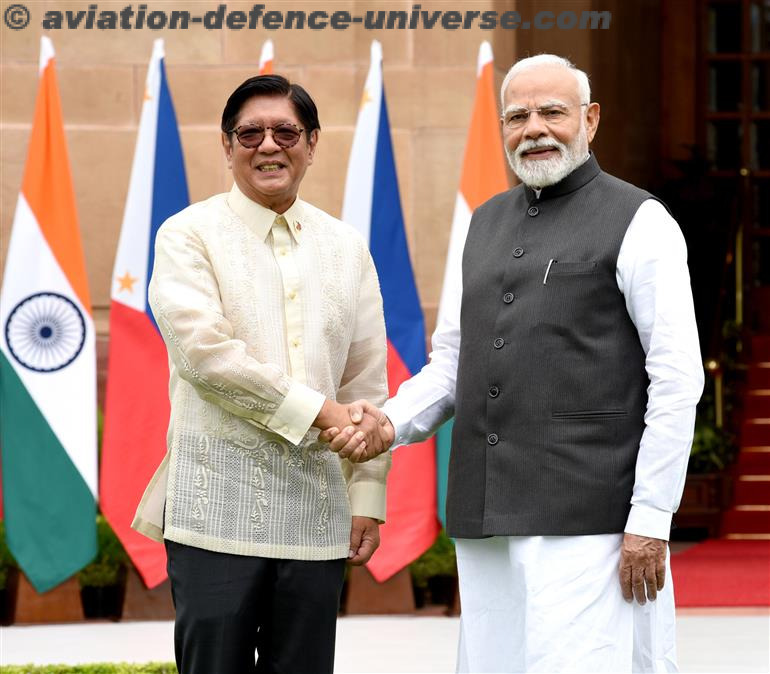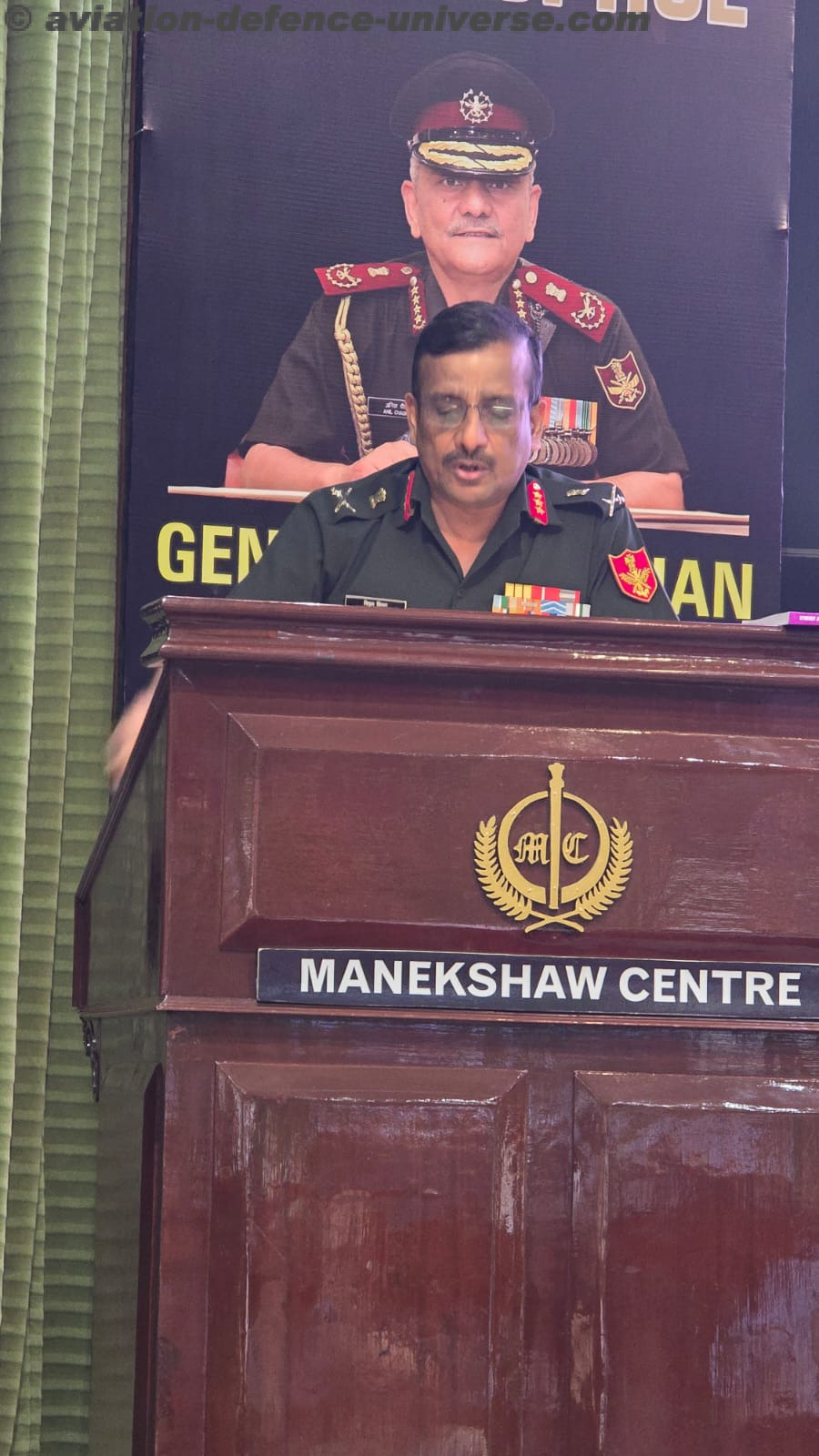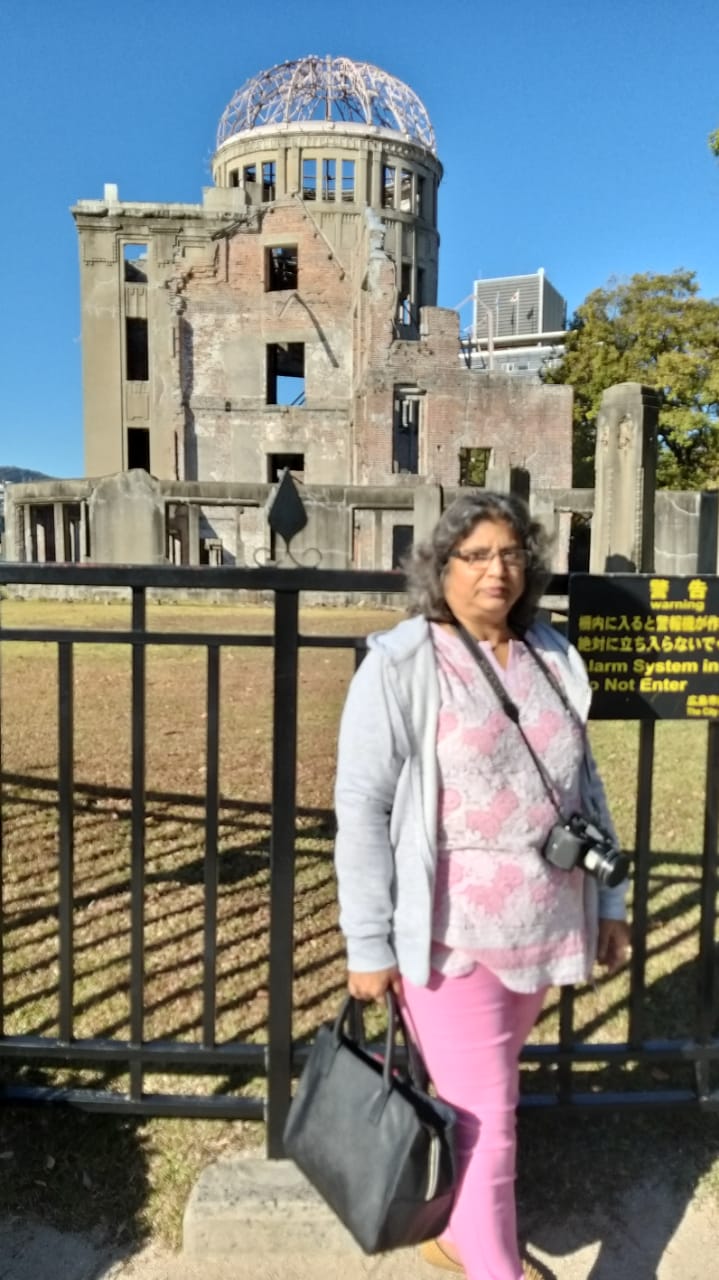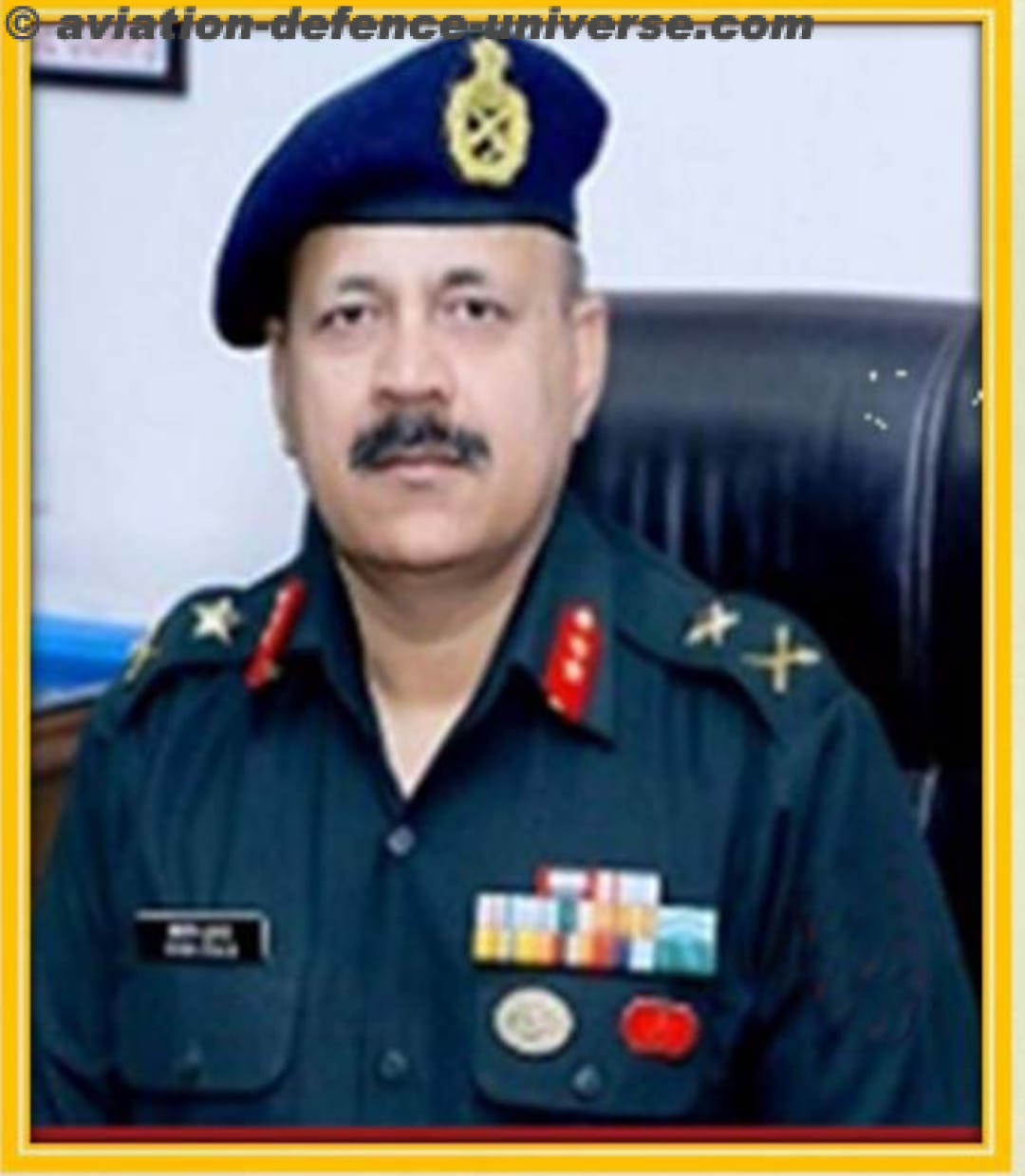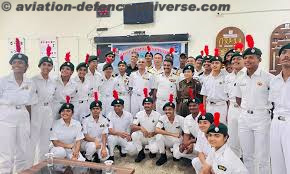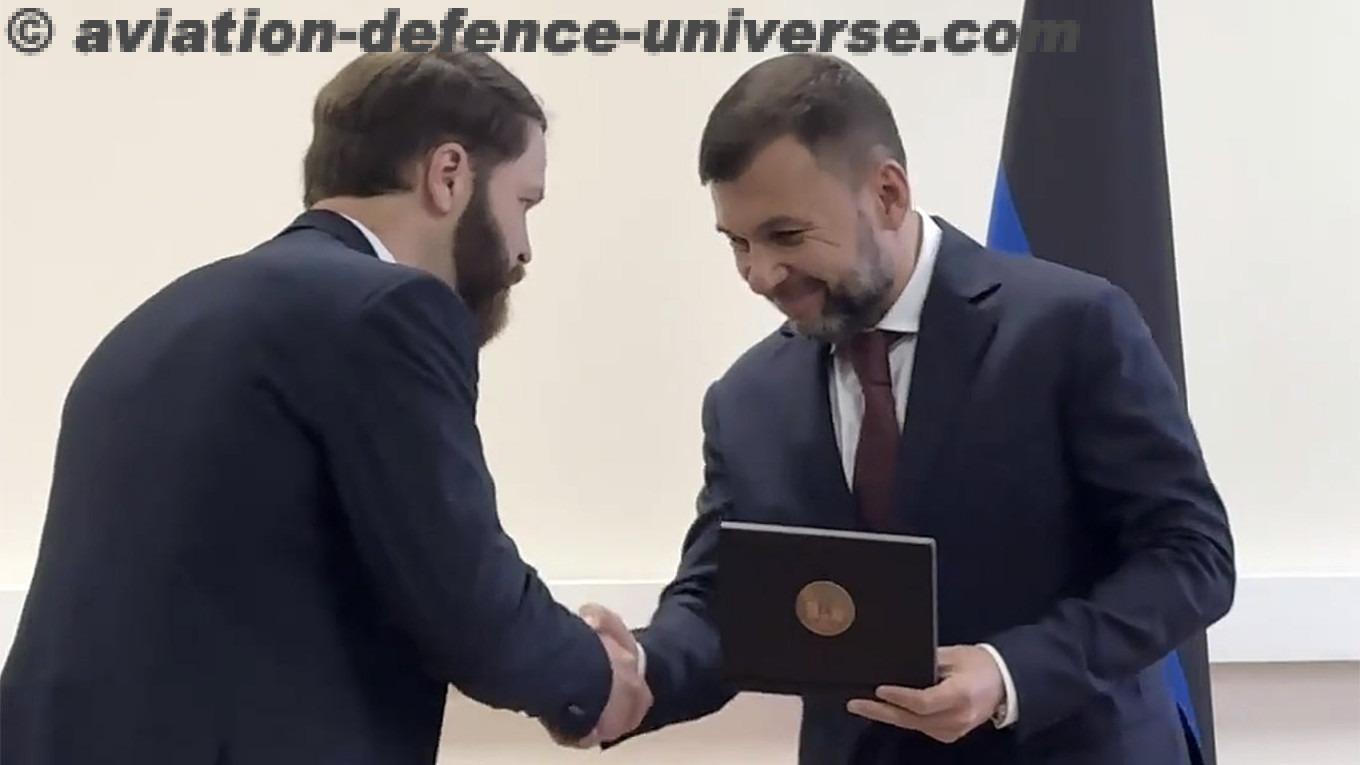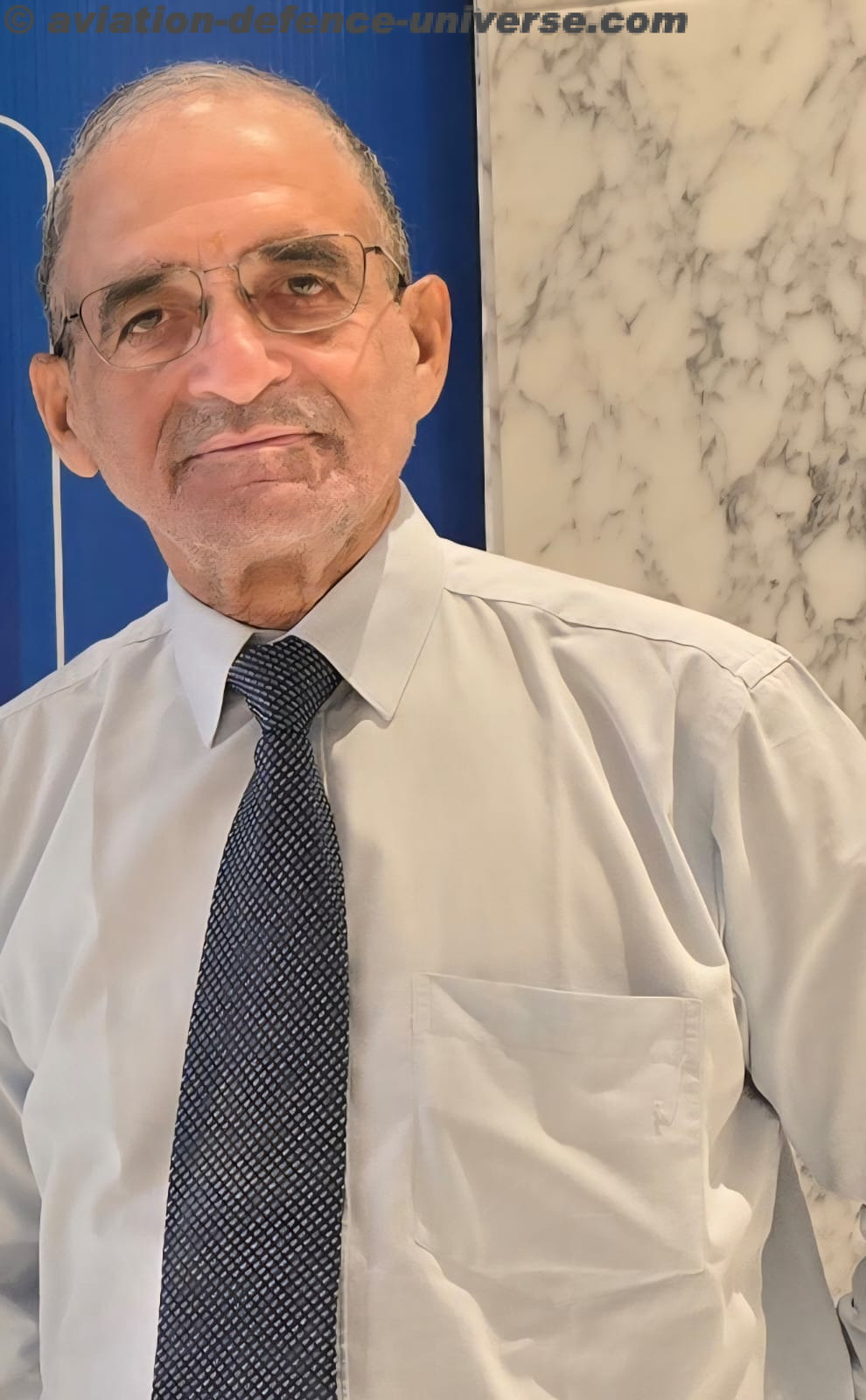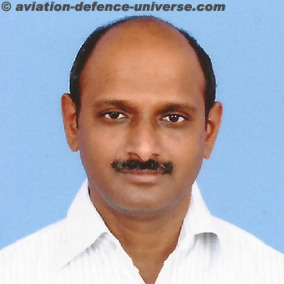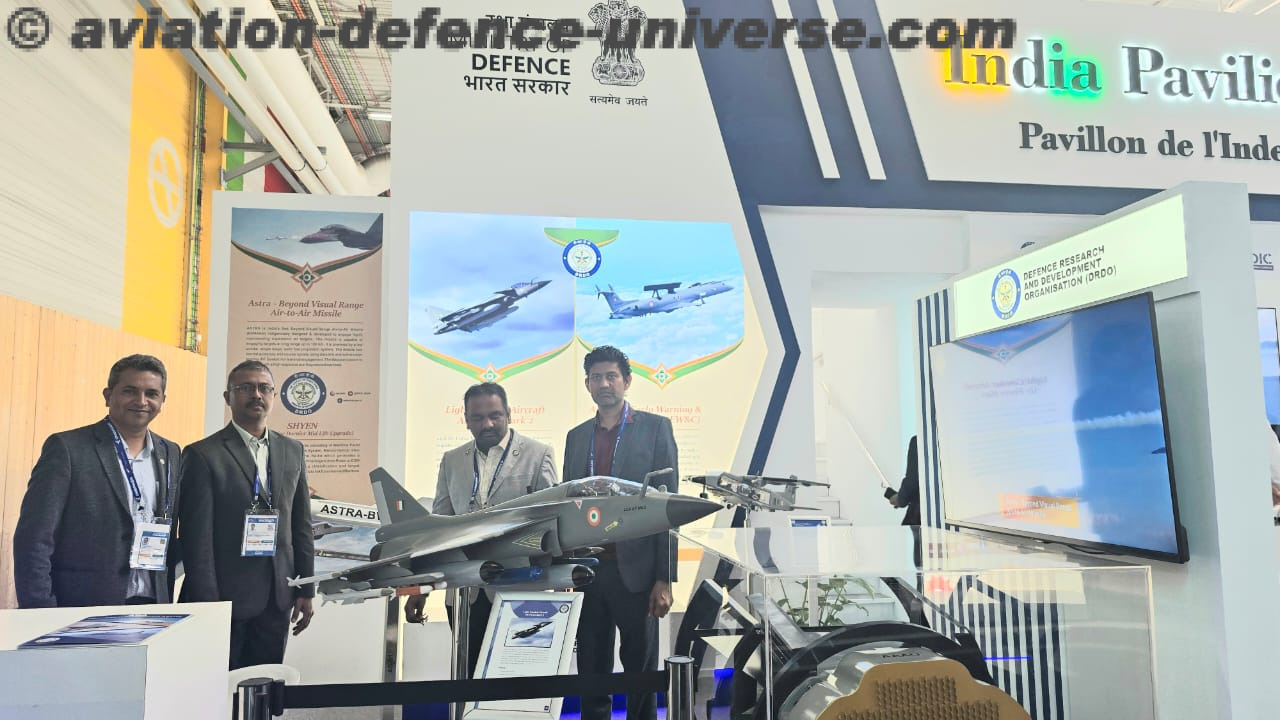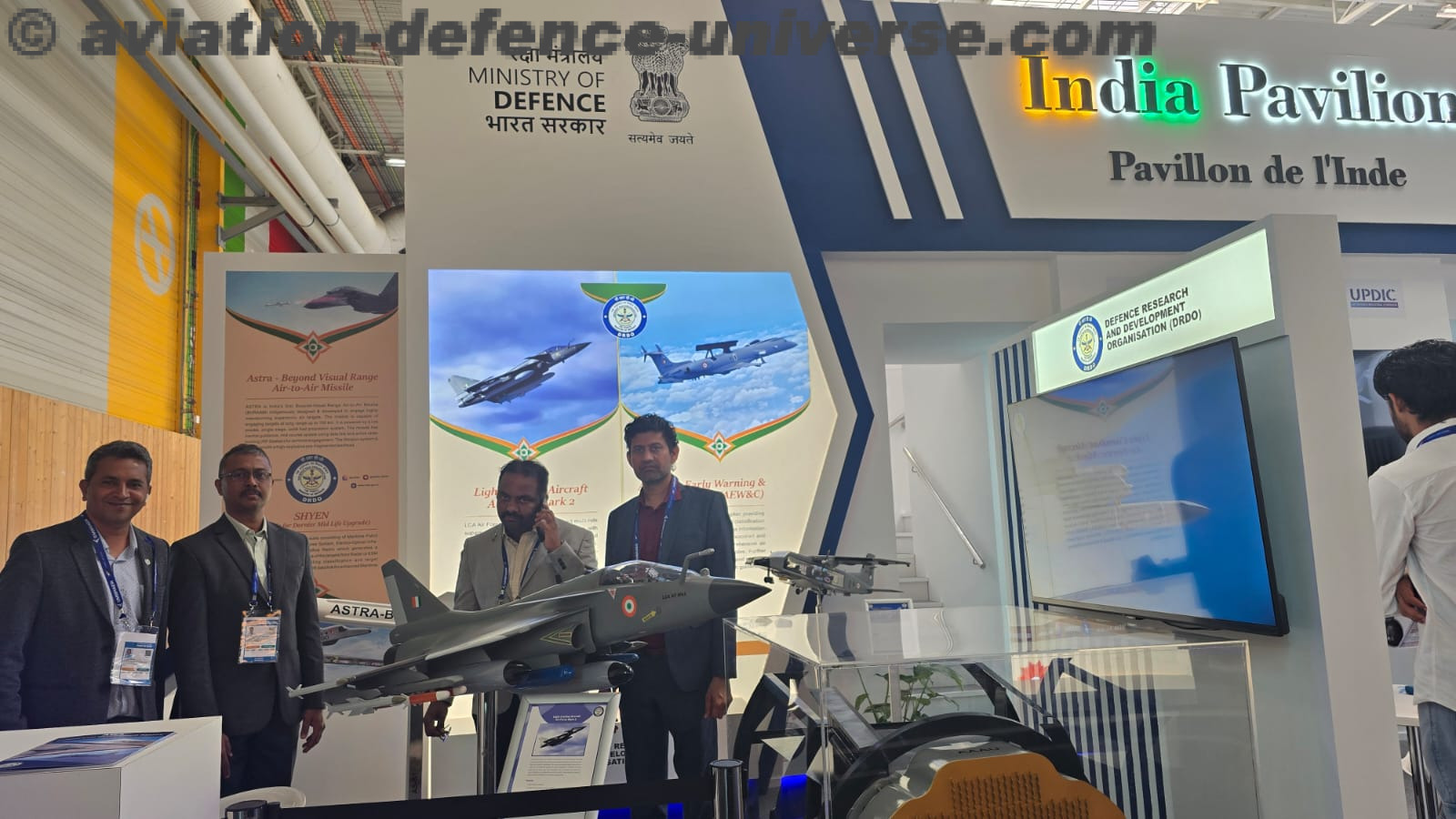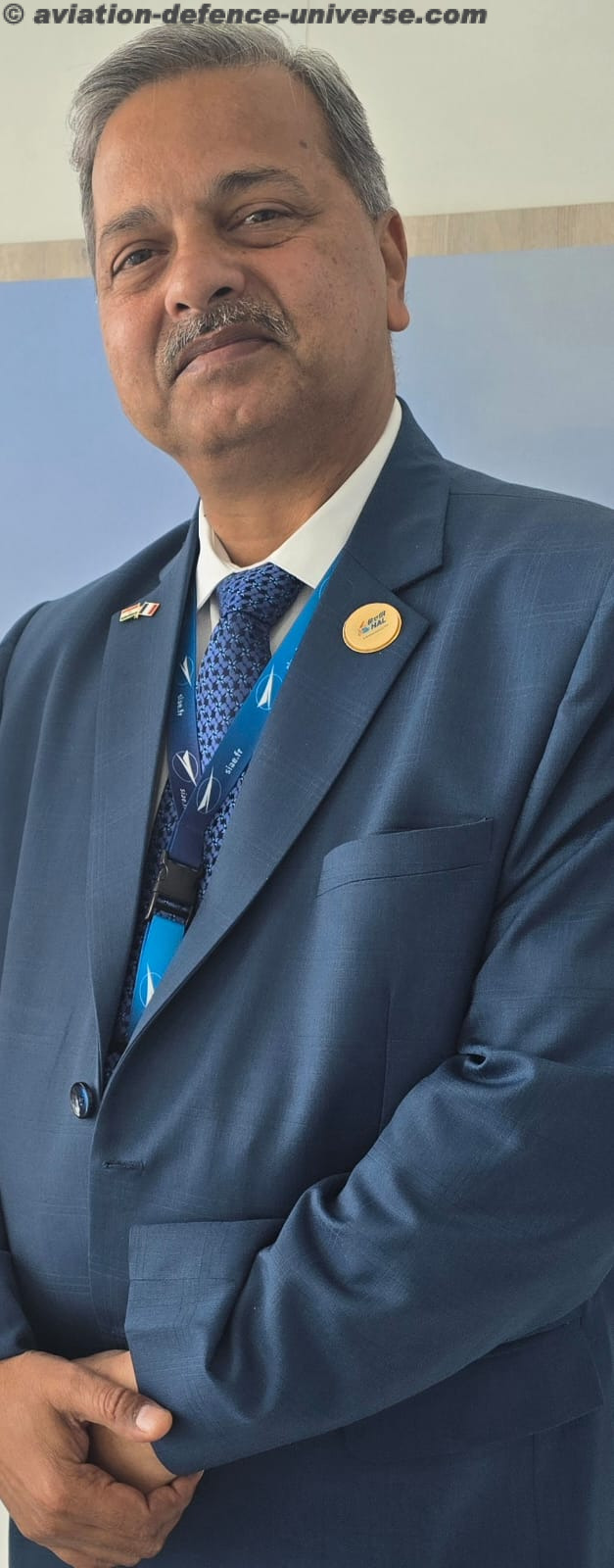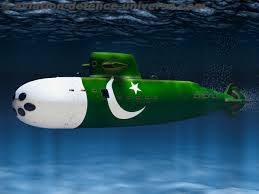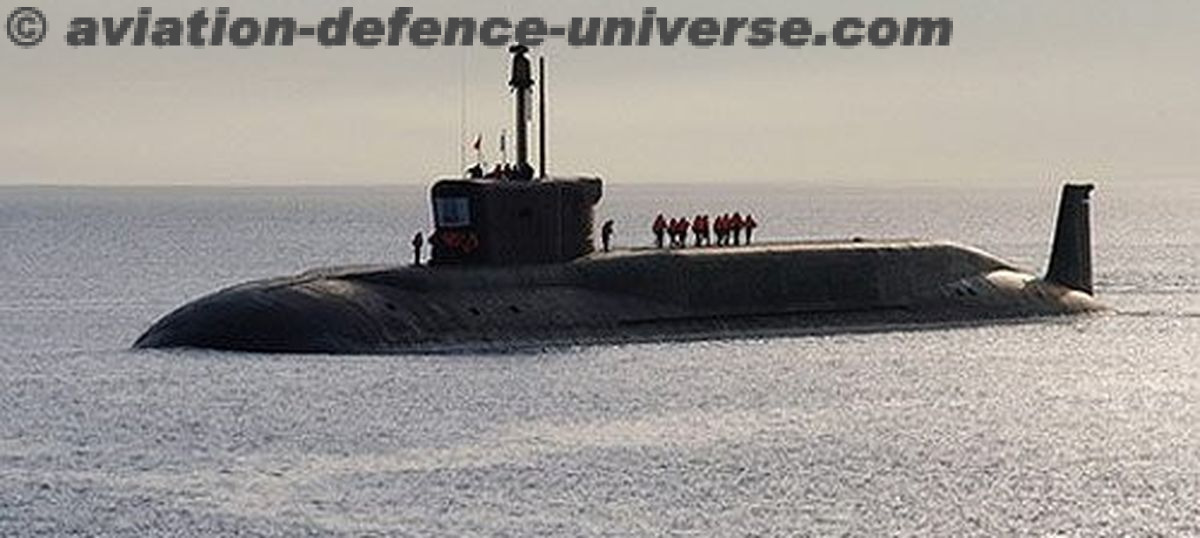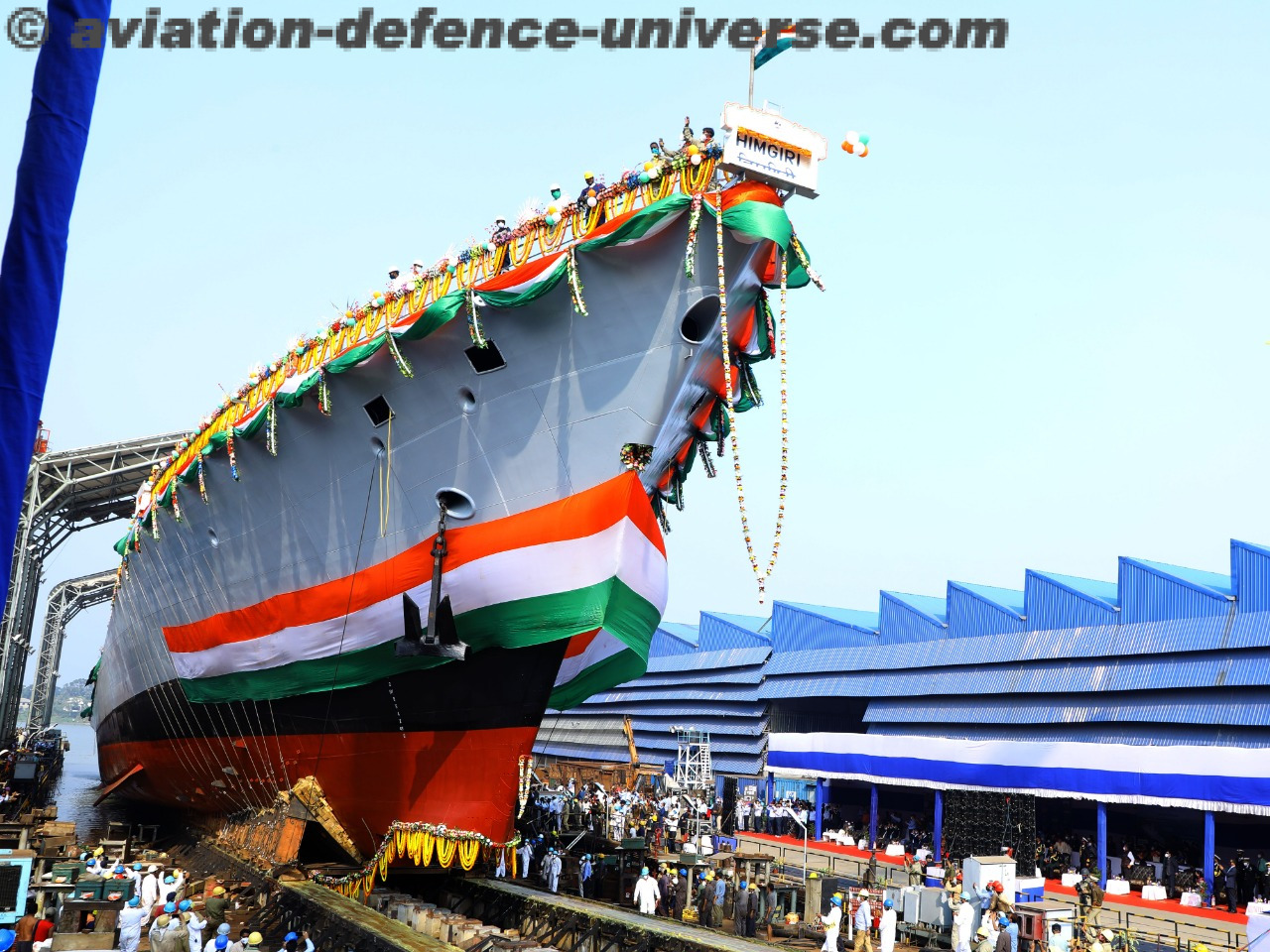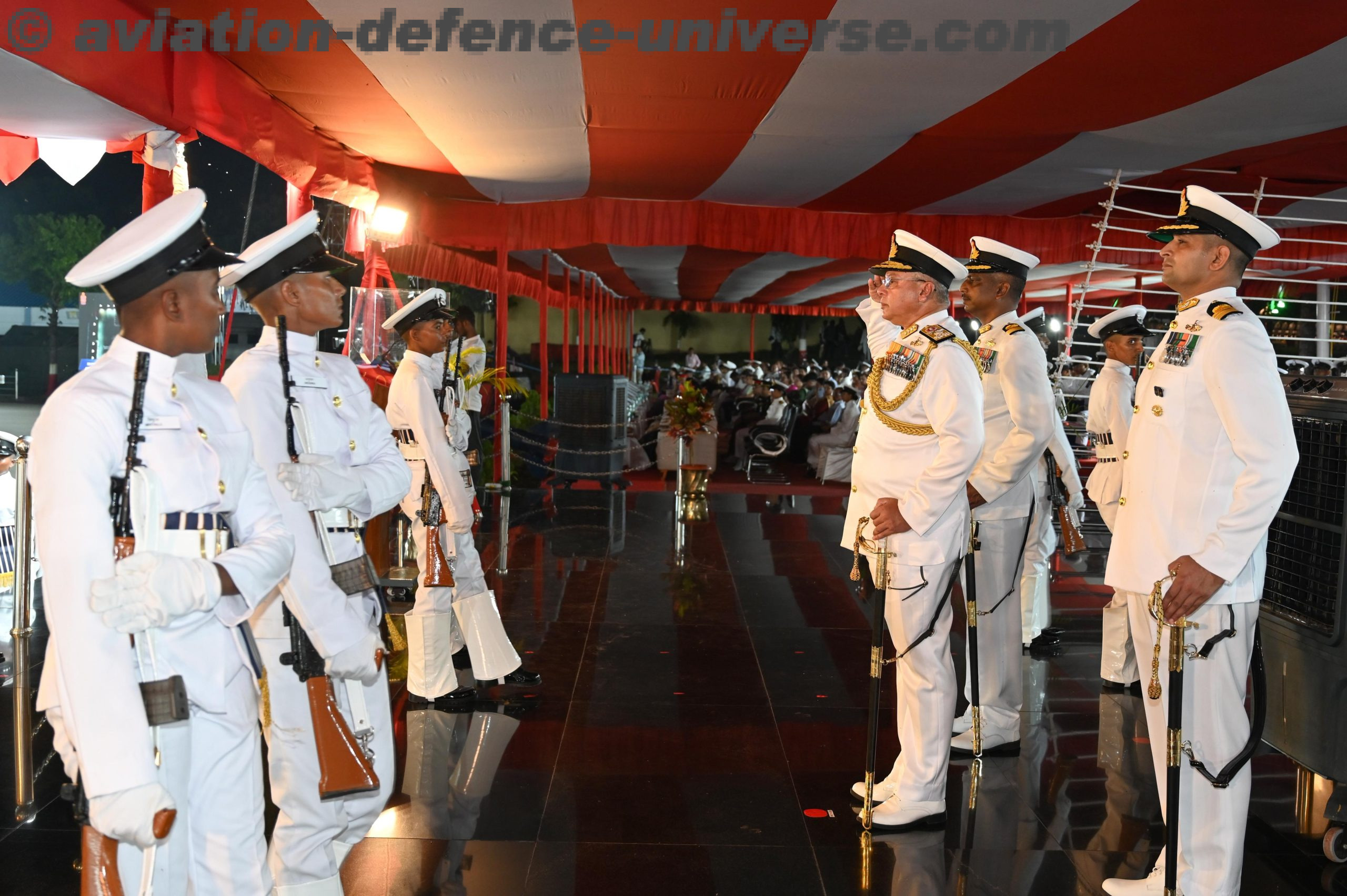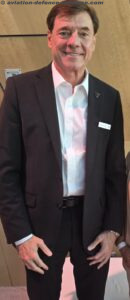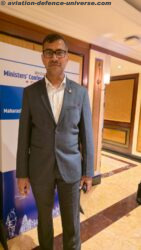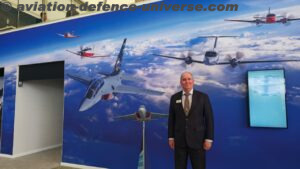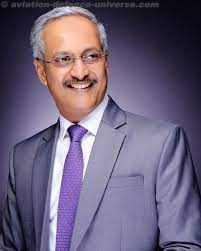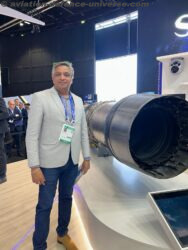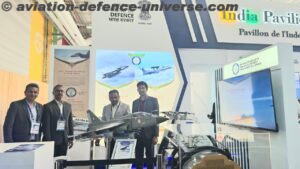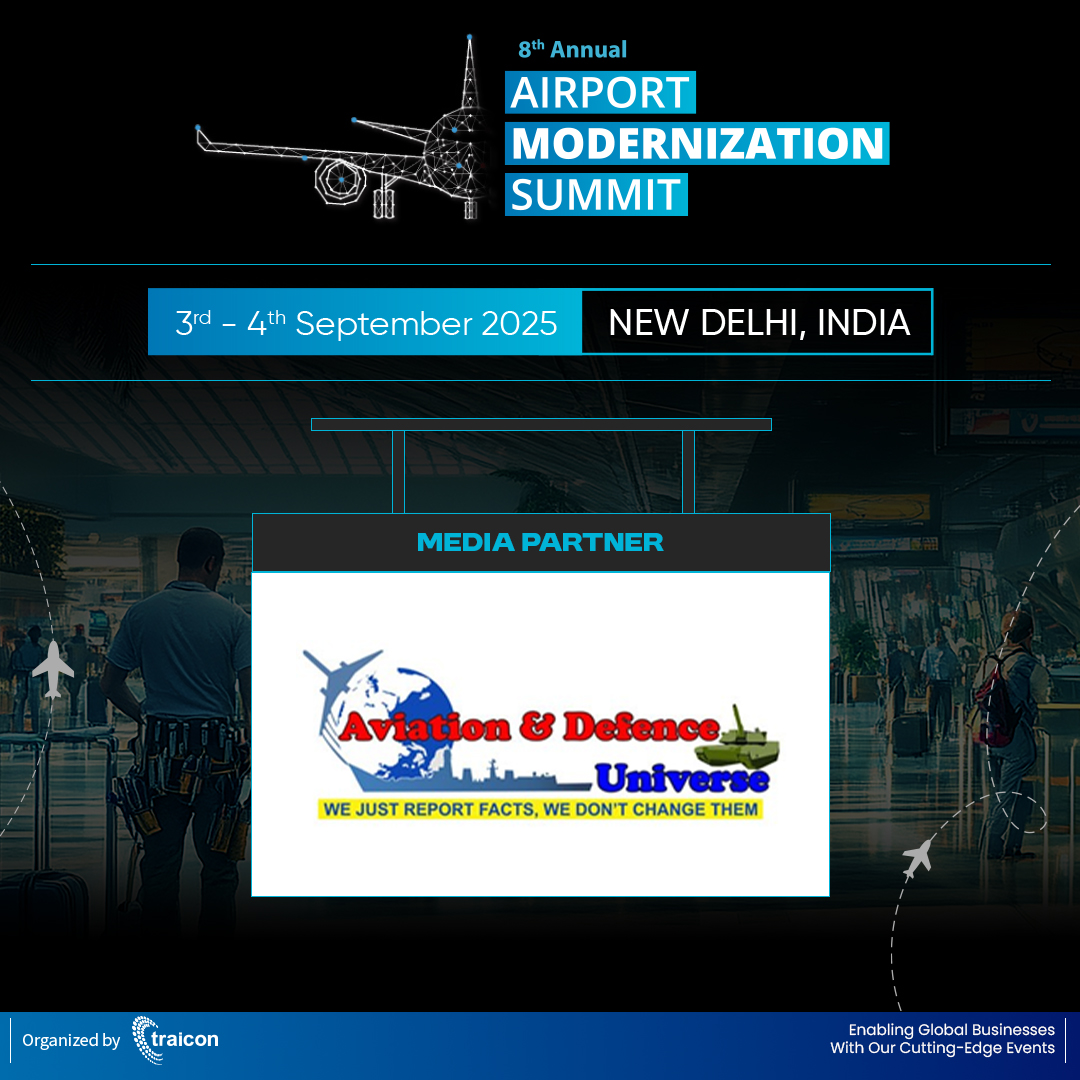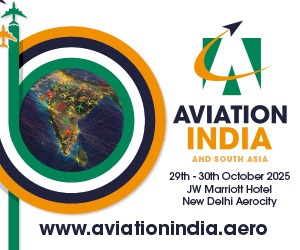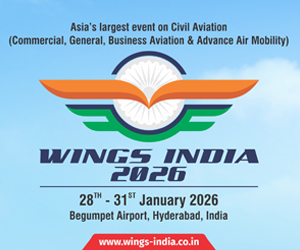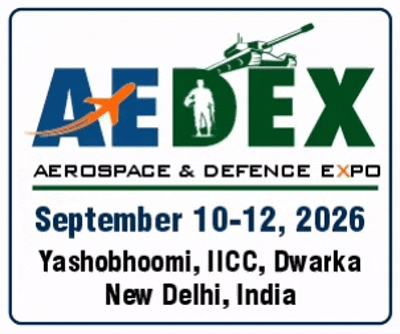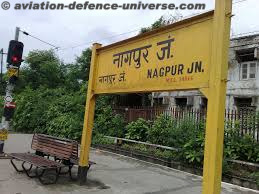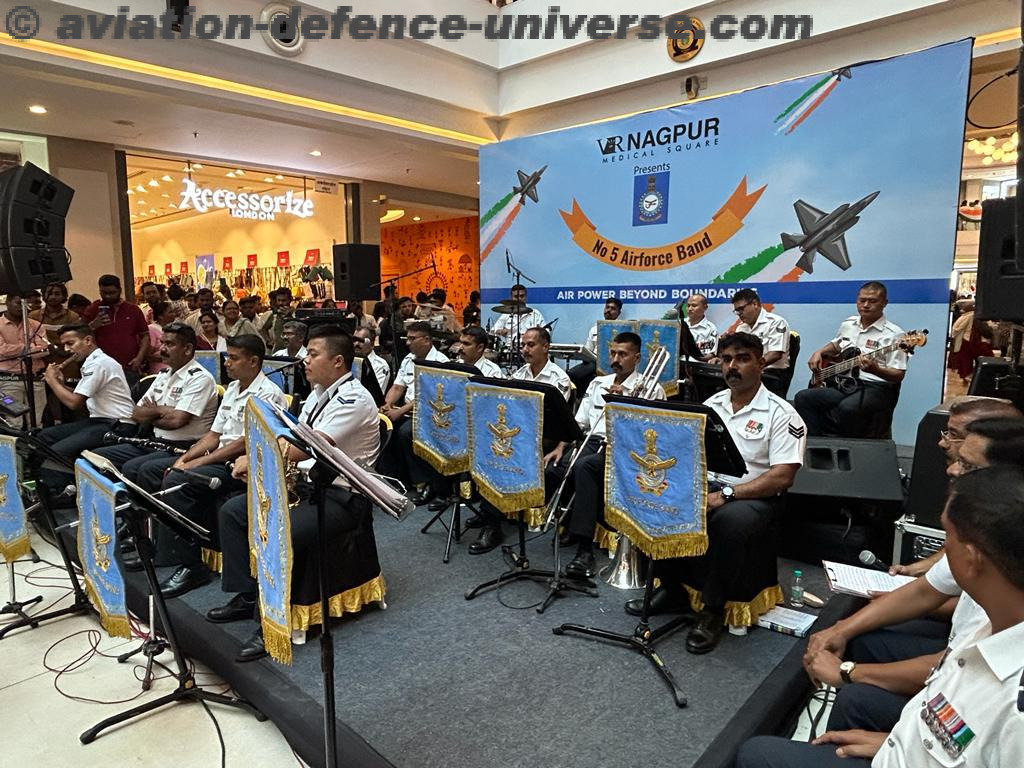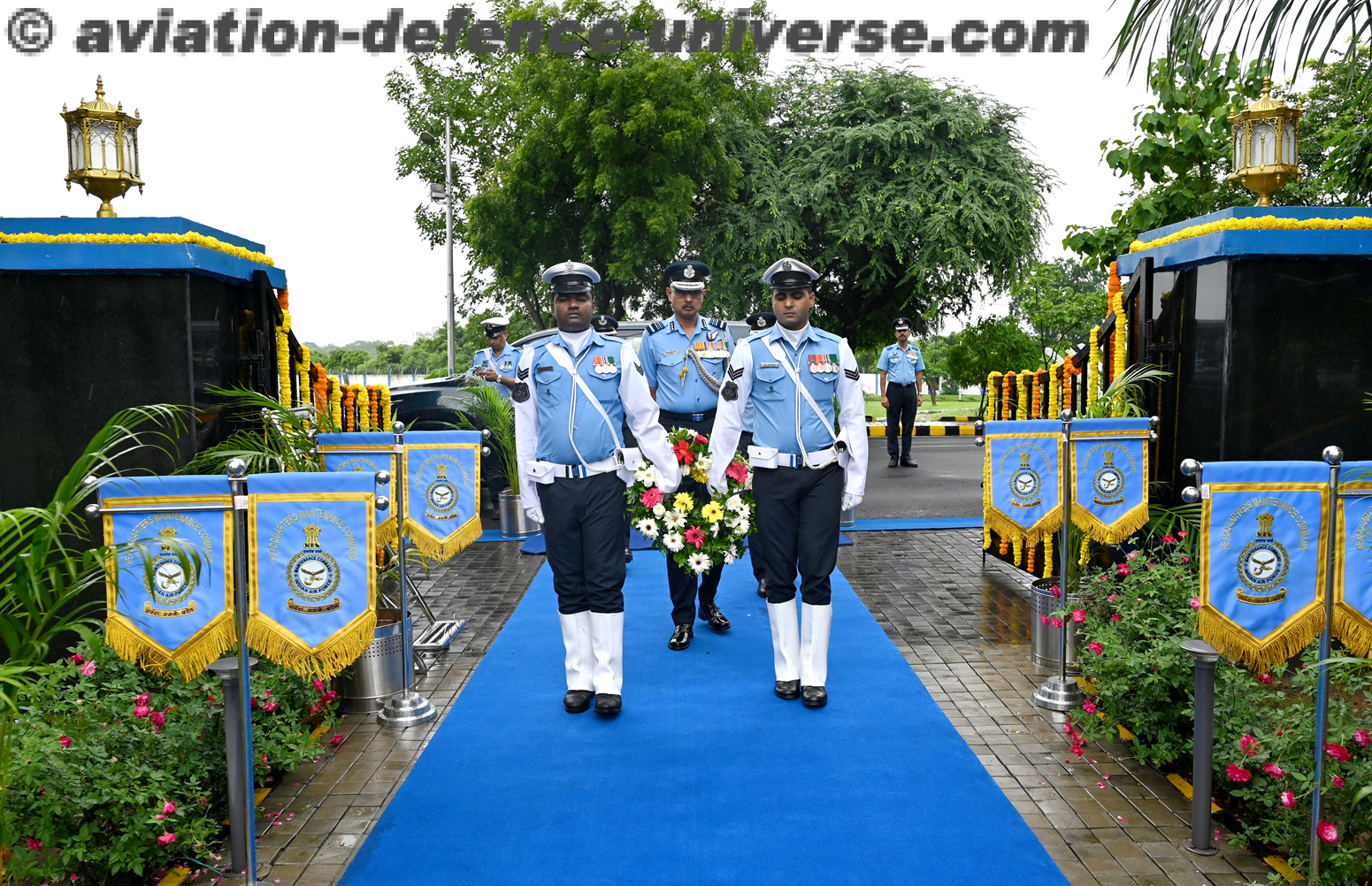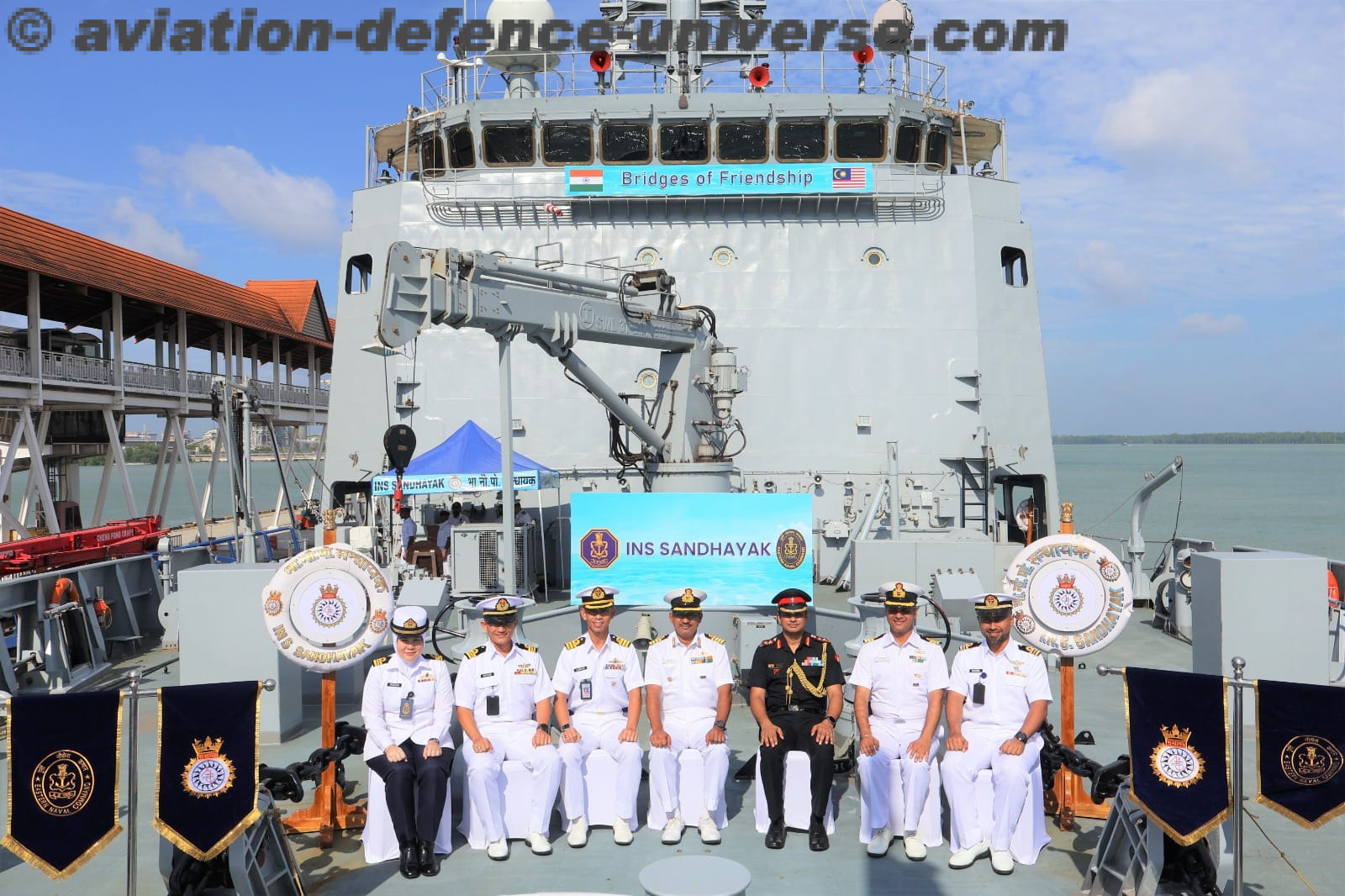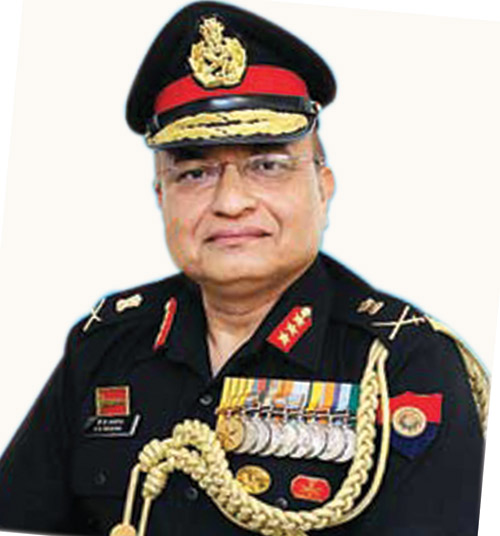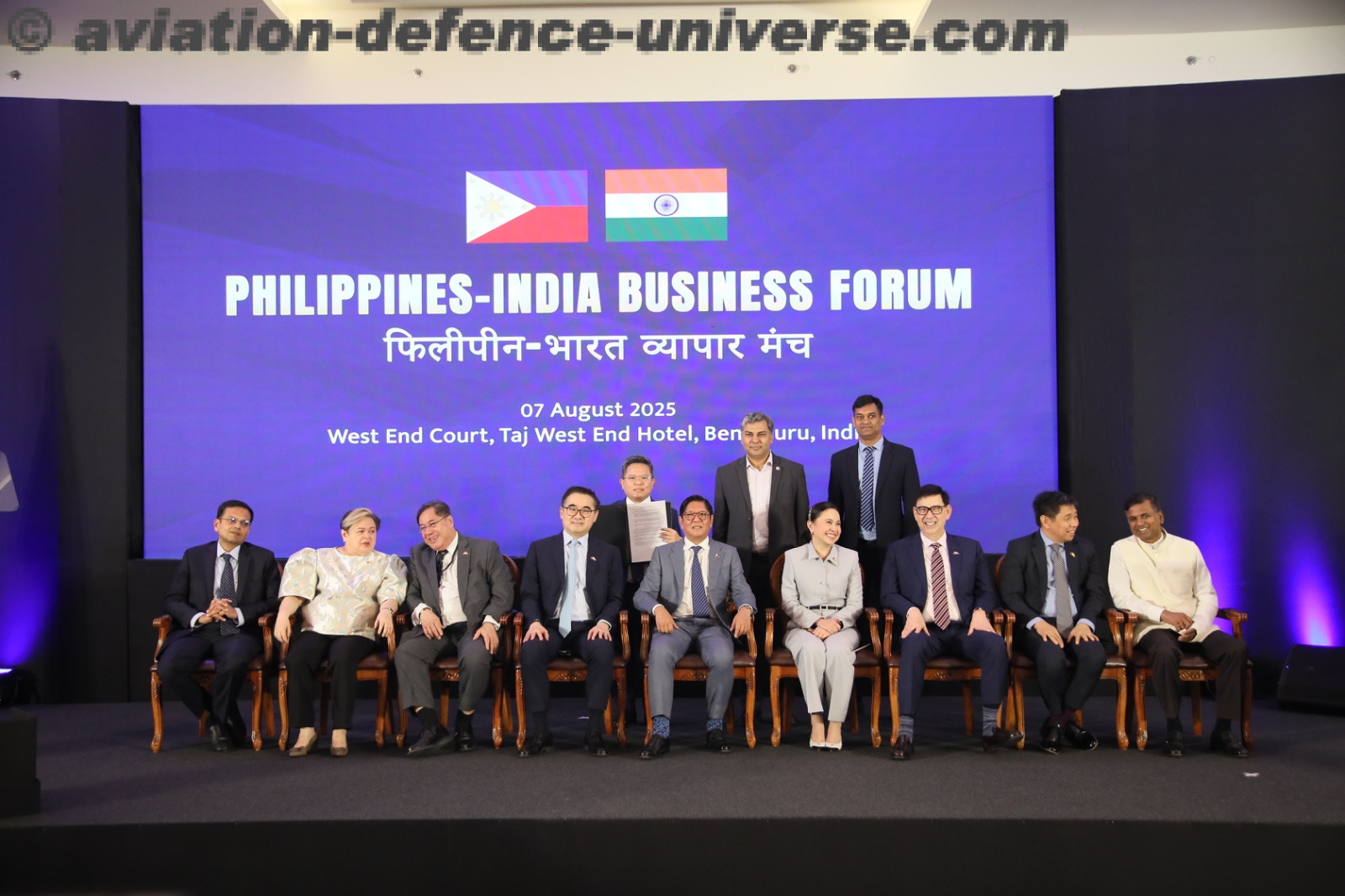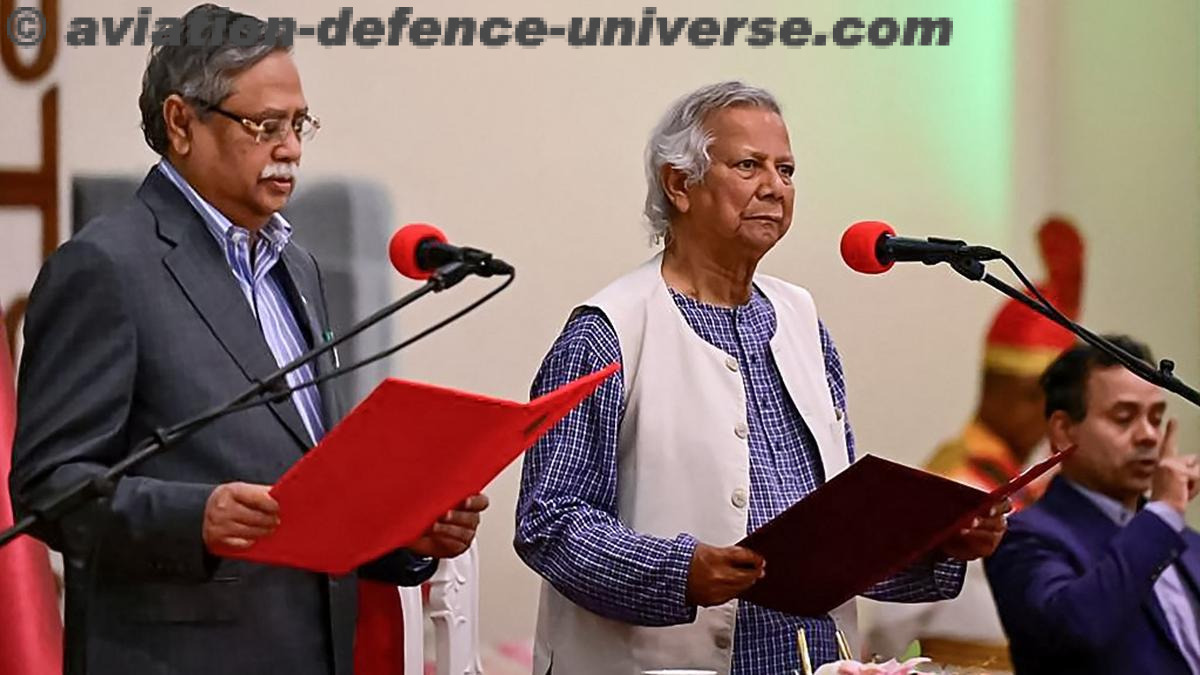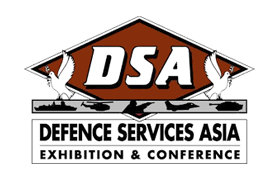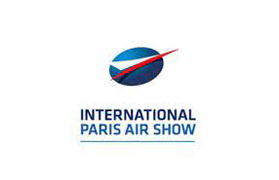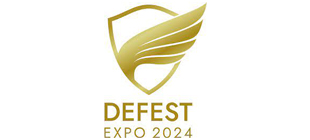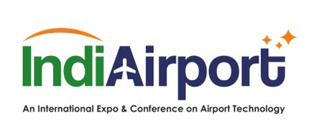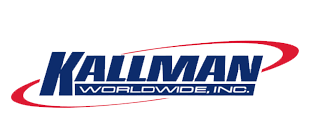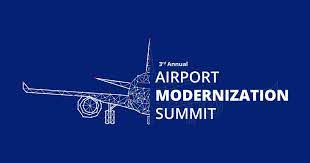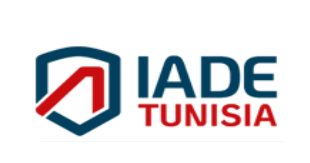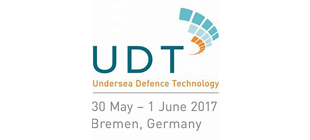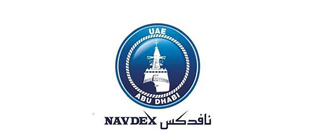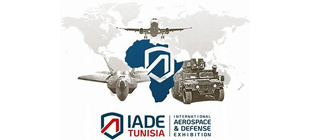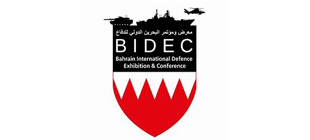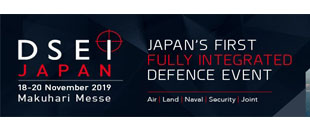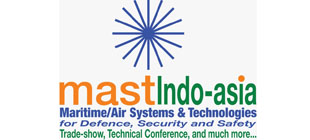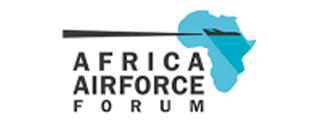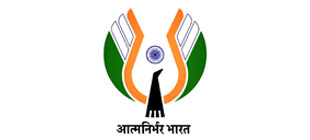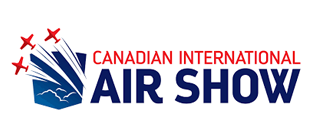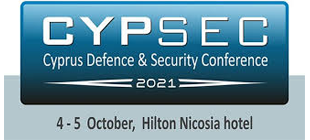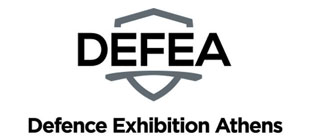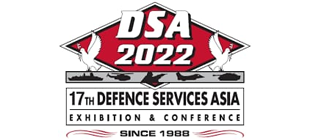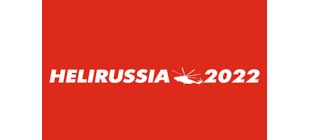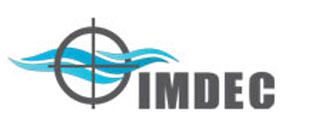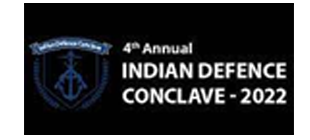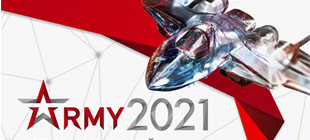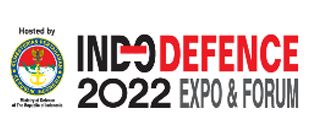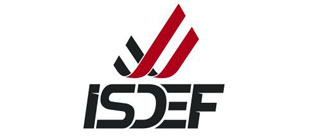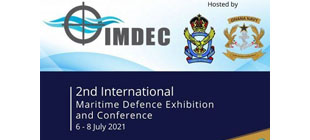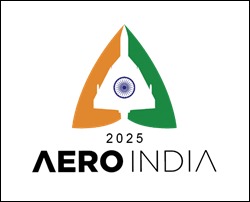- KC-390 Takes Centre Stage : Embraer’s CEO Talks India, Innovation, and Global Orders
By Sangeeta Saxena
Paris. 16 June 2025. India and Brazil share a strong and growing strategic partnership, rooted in their common membership of BRICS — a multilateral grouping of emerging economies. As two of the largest democracies in the Global South, India and Brazil have collaborated closely on global governance reforms, economic development, and technology cooperation. Their shared commitment to multipolarity, sustainable growth, and South-South cooperation is reflected in joint efforts across sectors such as defence, aerospace, energy, agriculture, and digital innovation. Within the BRICS framework, both countries advocate for reforming global financial institutions, strengthening multilateralism, and enhancing trade among emerging economies. The Indo-Brazilian aerospace partnership, led by Embraer’s increasing presence in India, further reinforces this synergy, paving the way for deeper industrial collaboration under the BRICS vision.
At the 55th Paris Air Show, Francisco Gomes Neto, the President & CEO of Embraer, sat down for an exclusive conversation with Aviation & Defence Universe (ADU). Against the backdrop of a relatively subdued show, Embraer emerged as a star attraction with major announcements, new unveilings, and a strong focus on India. From showcasing the prototype of their eVTOL to securing orders for the KC-390 and expanding global reach, Francisco discussed the company’s roadmap, India partnerships, and his vision for Embraer’s next phase of growth.
ADU. What has Embraer brought to the Paris Air Show this year?
Francisco Gomes Neto. This show is very important for us — it’s the biggest aviation show in the world. We’re here with over 100 team members and brought our best products. Yesterday, we unveiled the prototype of our eVTOL to show that the technology is real. We’ve also announced several agreements, collaborations, and new deals — today Portugal confirmed their 60th KC-390 and reserved 10 more production slots.
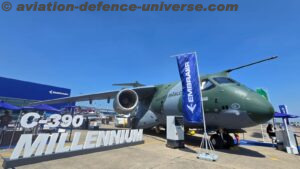
Francisco Gomes Neto. We already have several customers besides the Brazilian Air Force — including Portugal, Hungary, Netherlands, Austria, Czech Republic, Sweden, Slovakia, and South Korea. There’s also one undisclosed customer, and more discussions are ongoing.
ADU. KC-390 is often referred to as a tanker, but it’s more than that, right?
Francisco Gomes Neto. Absolutely. It’s not just a tanker — it’s a true multi-mission aircraft. It can transport troops, helicopters, tanks, conduct parachute drops, support humanitarian aid, and perform air-to-air refuelling or firefighting. The key is its versatility — you can switch missions in a few hours.
ADU. Embraer has had a history of collaboration with Indian defence institutions. Could you highlight any such partnerships?
Francisco Gomes Neto. Absolutely. One of our most notable collaborations was with DRDO for the ERJ145-based AEW&C platform, known as Netra. It’s a prime example of how international and Indian institutions can work together to develop advanced capabilities. That partnership not only supported India’s strategic needs but also aligned with the country’s broader vision of self-reliance in defence. It demonstrates how joint efforts in aerospace and defence can strengthen national security in today’s evolving global landscape.

Francisco Gomes Neto. We’re very close to Indian authorities and the Indian Air Force. We’re working with Mahindra on the KC-390 programme. Additionally, we’re offering six AEW surveillance aircraft, which India already operates and likes very much. We’re also in discussions with Indian airlines to expand our commercial aircraft footprint.
ADU. India is currently the third-largest aviation market globally. How does Embraer view the opportunities in this rapidly growing market?
Francisco Gomes Neto. India is indeed a very important market for us — in fact, it is the third-largest aviation market globally. With the momentum in both passenger growth and defence investments, we see a lot of opportunities here across all our business verticals. This includes commercial jets, business jets, military aircraft, and even new technologies like eVTOLs. India offers a fertile ground for innovation and strategic partnerships.
ADU. You mentioned interest in expanding across multiple business verticals. What specific potential do you see for Embraer’s commercial jets, business jets, military aircraft, and eVTOLs in the Indian aviation ecosystem?
Francisco Gomes Neto. Each of these segments has unique potential in India. For example, our commercial E-Jets are ideally suited for regional connectivity, which aligns well with India’s UDAN scheme. Our business jets have seen growing interest from charter operators and private entities. On the military side, the KC-390 is a modern, multi-mission aircraft that we believe fits very well with India’s strategic airlift needs. And our eVTOLs represent the future of urban mobility — a field that’s gaining traction in India’s smart cities plan.

Francisco Gomes Neto. We’ve expanded our office in India — it’s now a fully-fledged subsidiary based in Aerocity, close to the airport. It’s a beautiful, spacious office, capable of accommodating up to 100 people. Opening a subsidiary in India is a significant step in deepening our long-term engagement with the country. It signals our commitment not just to selling products, but to investing in local presence, building supply chains, and collaborating with Indian institutions and companies. Through this new entity, we aim to be closer to our Indian customers and stakeholders, enabling faster response and deeper collaboration.
ADU. In the civilian segment, Embraer jets are already in operation with regional carrier Star Air. Are there plans to expand your presence further in India’s regional aviation or general aviation market?
Francisco Gomes Neto. Yes, Star Air is an important partner for us and operates the ERJ-145 and E-175. It’s a great example of connecting India’s smaller cities and highlights the potential for regional connectivity. We are also seeing growing interest in our business jets from corporate customers and charter operators in India. The feedback from the market is encouraging, and we continue to explore opportunities with regional carriers and private operators alike to expand our fleet footprint in the country.
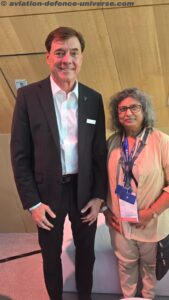
ADU. Will Embraer consider establishing a dedicated MRO facility for its civilian aircraft in India? What factors will influence this decision?
Francisco Gomes Neto. The possibility of setting up a Maintenance, Repair, and Overhaul (MRO) facility in India is definitely on our radar. However, it will largely depend on the scale of aircraft orders and the operational footprint we achieve in the coming years. As the fleet grows, having local MRO capabilities will make strong business sense — both in terms of cost efficiency and customer service. We are keeping that option open and assessing it strategically.
ADU. And regarding manufacturing — any updates on the facility with Mahindra?
Francisco Gomes Neto. If we win the C-390 programme in India, the aircraft will be assembled there. We’re actively negotiating the full package — including transfer of technology and offsets — in line with Indian procurement norms. However, we haven’t finalised the city for the facility yet. We’re working on that with Mahindra.
ADU. What else would you like to share about Embraer’s journey?
Francisco Gomes Neto. Embraer is in a very strong phase. 2024 was a fantastic year — we received three investment-grade ratings, generated $6.4 billion in revenue and achieved $700 million in EBIT. We’re optimistic that 2025 will be even better. We’re ready to grow.
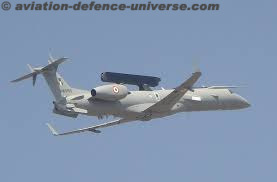
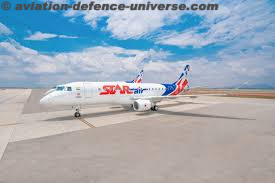
As told to Sangeeta Saxena







